BARRONS
Regents Quick Guide
Global History and Geography II Exam
KRISTEN THONE, B.A., M.A.T.
Copyright 2022 by Kaplan, Inc., d/b/a Barrons Educational Series
All rights reserved under International and Pan-American Copyright Conventions. By payment of the required fees, you have been granted the non-exclusive, non-transferable right to access and read the text of this eBook on screen. No part of this text may be reproduced, transmitted, downloaded, decompiled, reverse engineered, or stored in or introduced into any information storage and retrieval system, in any form or by any means, whether electronic or mechanical, now known or hereinafter invented, without the express written permission of the publisher.
Published by Kaplan, Inc., d/b/a Barrons Educational Series
1515 W Cypress Creek Road
Fort Lauderdale, FL 33309
www.barronseduc.com
ISBN: 978-1-5062-8493-4
10987654321
Kaplan, Inc., d/b/a Barrons Educational Series print books are available at special quantity discounts to use for sales promotions, employee premiums, or educational purposes. For more information or to purchase books, please call the Simon & Schuster special sales department at 866-506-1949.
CONTENTS
WHAT IS THE FORMAT OF THE GLOBAL HISTORY AND GEOGRAPHY II REGENTS EXAM?
The Global History and Geography II Regents exam is a three-hour test that covers all major topics, concepts, individuals, and events from 1750 to the present that you studied in your Global History and Geography II course. This exam is formatted as follows:
| Part | Question/Item Type | Number of Questions/Items | Approximate Percentage of the Total Exam |
| I | Stimulus-Based, Multiple-Choice Questions | 28 | 54% |
| II | Stimulus-Based, Short-Answer, Constructed-Response Questions (CRQ) | 2 sets | 17% |
| III | Enduring Issues Essay | 1 | 29% |
In , each stimulus-based, multiple-choice question will have four possible answer choices, only one of which is correct. You will be expected to choose the best possible answer of those provided. The stimulus-based, multiple-choice questions will be grouped together in sets, with two or three questions per stimulus. A stimulus may be a primary source (an eyewitness account or firsthand information) or a secondary source (information about a past historical event based on knowledge from several sources). These questions will test your ability to analyze various historical stimuli, including reading passages, photographs, charts, graphs, maps, and political cartoons.
In , the two sets of stimulus-based, short-answer, constructed-response questions will be set up as follows:
Set 1: Cause/Effect Set
Set 2: Similarities/Differences Set OR Turning Point Set
Each set will consist of two separate documents accompanied by approximately three short-answer questions. The first two questions in each set will ask you to explain the historical or geographic context of the documents or identify key information from the documents. The third question in Set 1 will require you to identify and explain a cause-and-effect relationship as it relates to the documents provided. The third question in Set 2 will ask you to do one of two things. You could be asked to identify and explain a similarity or difference between the concepts, individuals, or events discussed in the documents. Alternatively, you could be asked to identify and explain a turning point in global history that is associated with the time period discussed in the documents.
The enduring issues essay in will be based on a set of five documents. You will be asked to write several paragraphs in which you will do the following:
Identify an enduring issue based on a historically accurate interpretation of at least three of the documents provided
Define that issue using relevant information from at least three of the documents provided
Argue that the issue you cited is a significant issue that has endured over time by explaining:
 How that issue has affected people or has been affected by people
How that issue has affected people or has been affected by people
 How that issue has continued to be an issue or has changed over time
How that issue has continued to be an issue or has changed over time
Include relevant outside information (beyond what is stated in the documents) from your study of global history and geography
Your essay should contain an introduction, several body paragraphs that accomplish the tasks cited above, and a conclusion. The introduction must include a claim statement or thesis statement. The conclusion must summarize your main points.
TEST-TAKING TIPS
STIMULUS-BASED, MULTIPLE-CHOICE QUESTIONS
| TIP 1 |
| Before you analyze the stimulus that accompanies each question set, read the title of the stimulus (if one is provided), the source beneath the stimulus, and/or any background information that is provided with the stimulus. |
WHY USE THIS TIP?
It enables you to determine the historical context of the stimulus, which will help you better answer the accompanying questions.
It emphasizes the important people, places, and events that are addressed in the stimulus.
It allows you to use your knowledge of global history and geography to better understand the information presented in the stimulus.
WHEN DO YOU USE THIS TIP?
Although this tip is cited here for the multiple-choice questions specifically, it can actually be used for all parts of the exam. All three parts of the exam require the analysis of one or more stimuli (such as a reading passage, photograph, chart, graph, map, or political cartoon). Therefore, get into the habit of first looking at the title of the document, the source, and any additional details that are provided.
Reviewing the title of the stimulus, its source, and any background information that is provided will help you better understand the historical event, development, idea, or individual that will be discussed in the stimulus. In addition, reviewing these features may provide information about the time period in which that stimulus was created. Understanding when the stimulus was created and learning any background information about the time period of the events, individuals, or ideas that will be discussed can help you apply your own knowledge of global history and geography to analyze the stimulus and correctly answer the corresponding questions. For example, if the source of the stimulus states that it is an excerpt from John Lockes Two Treatises of Government, you may then recall that John Locke was a philosopher during the Enlightenment who emphasized the importance of natural rights during a time when people began to question the purpose of government and the peoples relationship to their government. Knowing that information may come in handy when you answer the questions that follow the stimulus. When reviewing maps in particular, it is important to read the title, if one is provided, because the title will likely provide you with an overview of what is being displayed on the map as well as the time period that the map covers. Additionally, always read the key of a map, if one is given, because that key will help you better analyze the information provided.

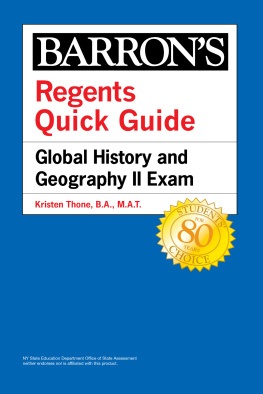
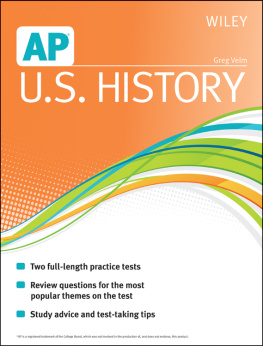
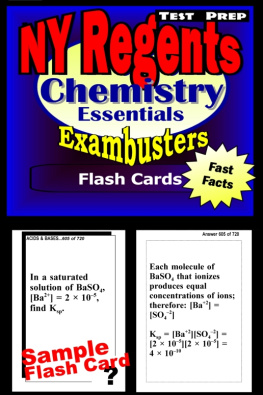
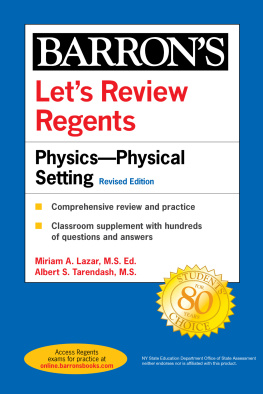
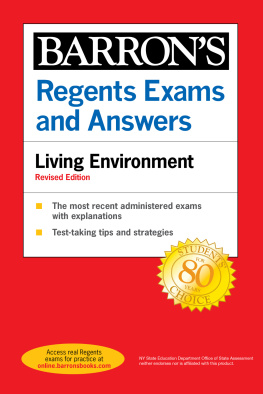
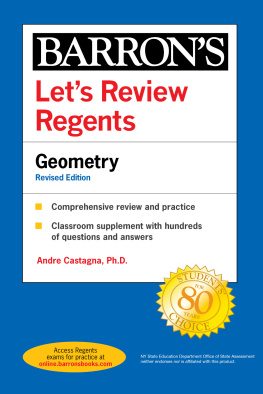
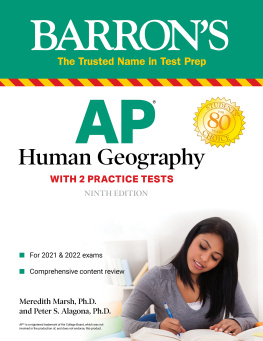
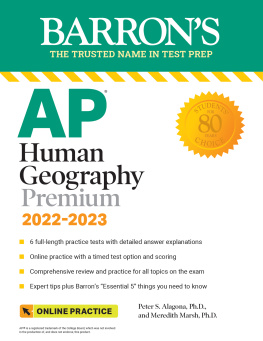
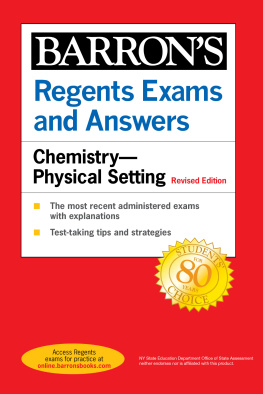
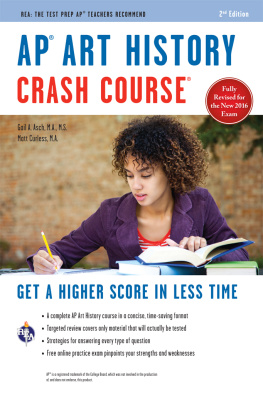

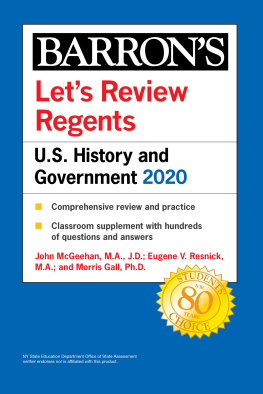

 How that issue has affected people or has been affected by people
How that issue has affected people or has been affected by people